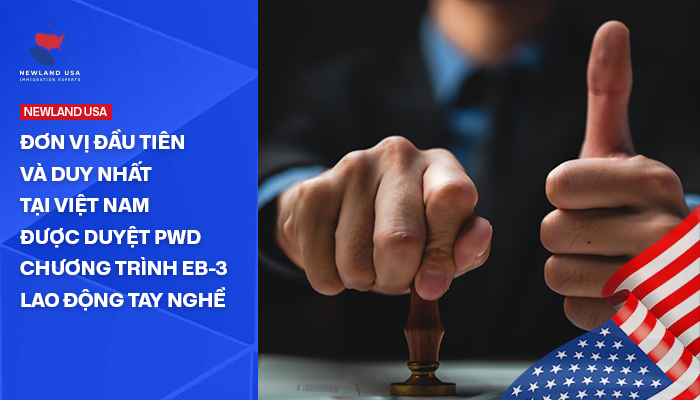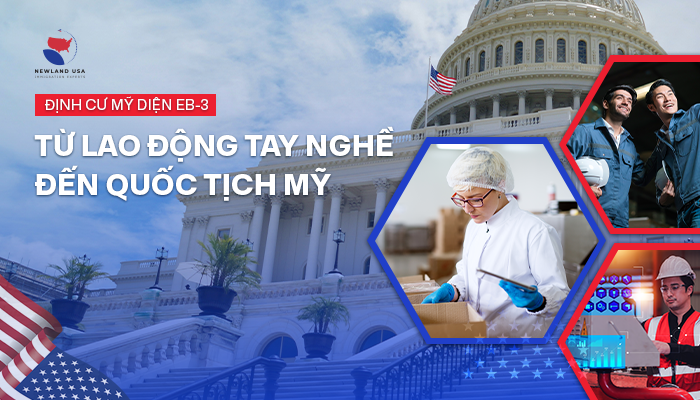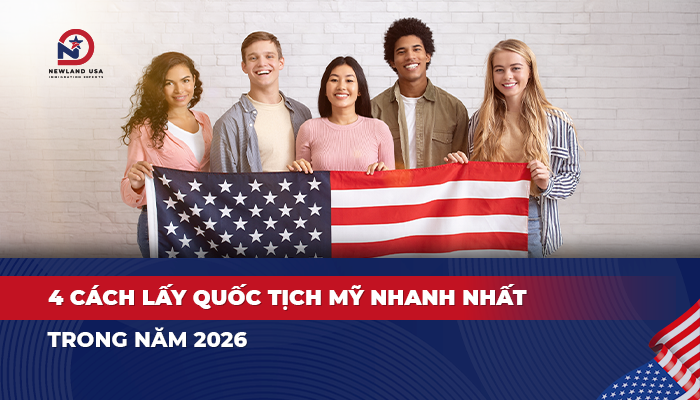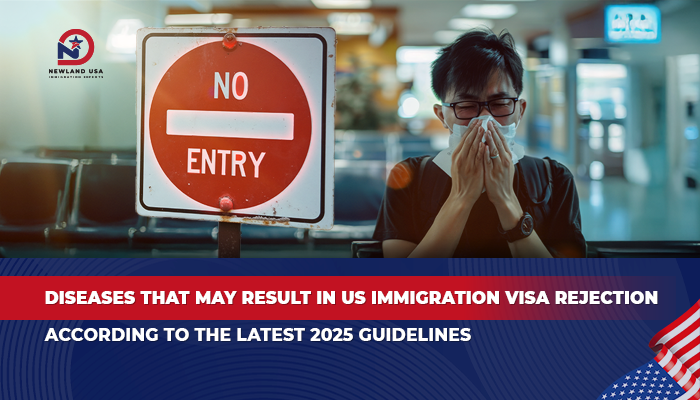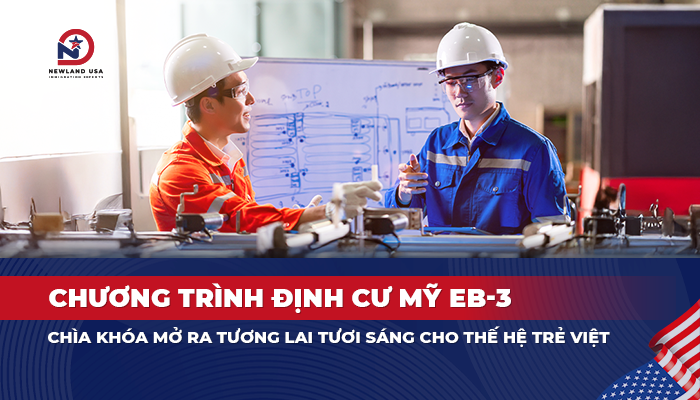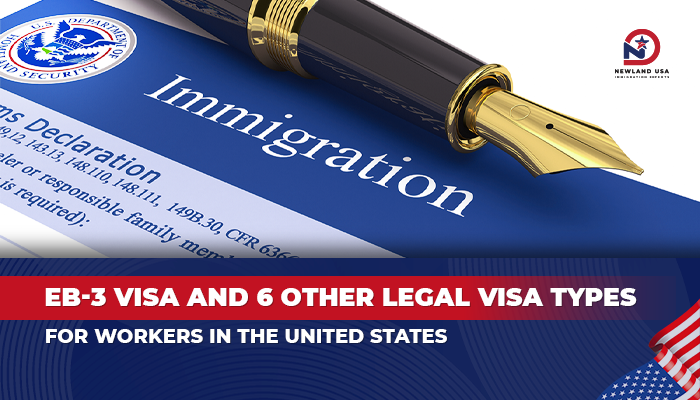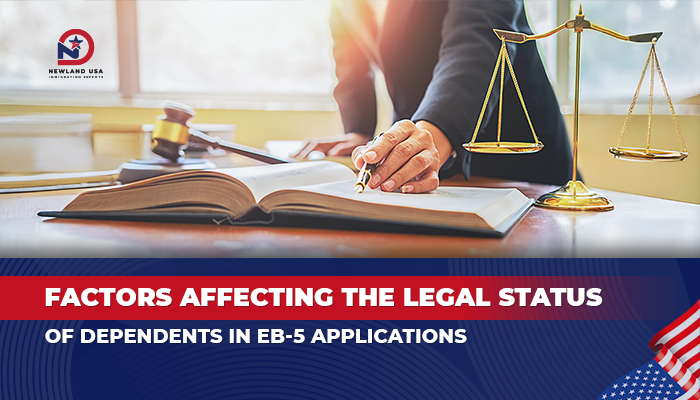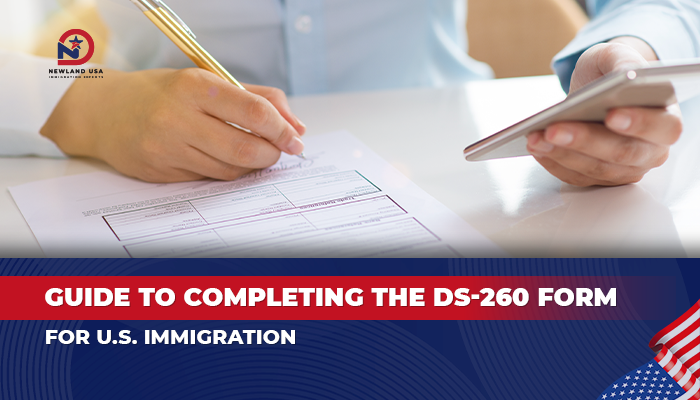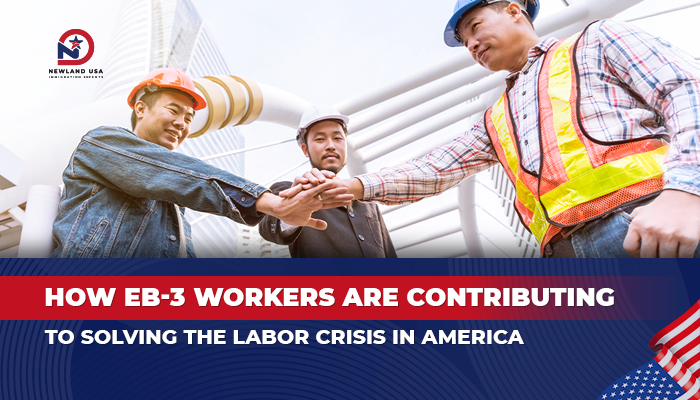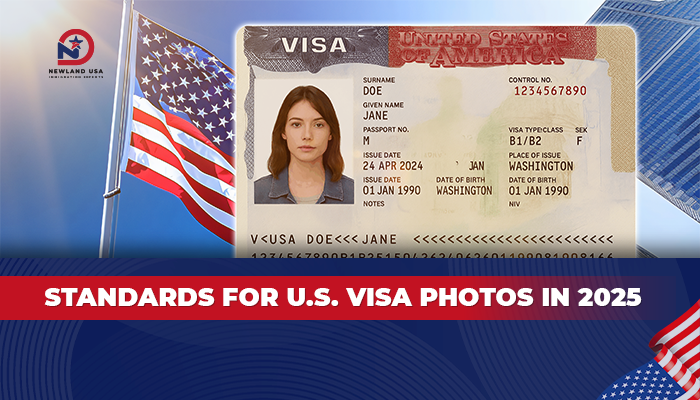Is Labor Export the Same as EB3 Immigration to the United States?
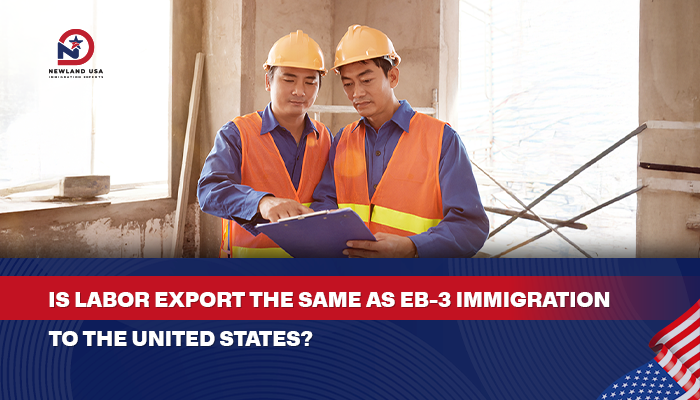
Many Vietnamese people often confuse labor export with EB3 immigration to the United States, even though these two paths are completely different. One is a temporary work contract with a round-trip ticket, while the other is a legal immigration program by the U.S. government that opens up opportunities for permanent residency with a Green Card for the entire family. This article from Newland USA will clarify the fundamental differences between these two options, helping you make the right decision for your future and your loved ones.
1. Labor Export – Short-Term Contract or Settlement Opportunity?
When it comes to working in the United States, many people automatically think of labor export. This is a model that Vietnamese workers have been familiar with for decades through markets like Japan, South Korea, or Taiwan.
In essence, labor export involves workers signing fixed-term employment contracts with a company or employer abroad. The work period typically ranges from a few months to a few years, depending on specific terms. Workers receive temporary work visas, not immigration visas.
The main purpose of this approach is very clear: accumulate income in a short time to send back home, supporting plans such as building houses, investing in business, or providing for family. After the contract expires, workers are required to return to Vietnam, with no legal pathway to convert to permanent resident status.
A key characteristic of labor export is that applicants go alone. Typically, only the direct worker can go abroad, while family members remain at home. Days and months of separation become the price to pay for short-term financial goals. Workers are also tightly bound to their contracts and employers, without the freedom to change jobs or workplaces.
2. EB3 Immigration to the United States – The Journey to U.S. Settlement
Completely different from labor export, EB3 immigration to the United States is an immigration program established and strictly managed by the U.S. government under Immigration Law. The EB3 program stands for Employment-Based Third Preference, belonging to the employment-based visa category.
The EB3 program is not simply an employment contract but a legal pathway leading to a U.S. Green Card – a card that allows you to become a Lawful Permanent Resident. This is the biggest difference between the two programs that many people haven’t realized.
The process of the EB3 program works as follows: A U.S. business agrees to sponsor a foreign worker to come work at the company. However, unlike labor export, the ultimate goal is not to work for a few years and then return home, but to help workers and their families obtain permanent resident status.
The Green Card provides rights almost equivalent to U.S. citizenship. Green Card holders are free to live, work, and study in any state across the United States. They are fully protected by law and enjoy healthcare benefits, public education, and social security. Most importantly, after 5 years as a permanent resident, they can apply to become U.S. citizens.
The outstanding feature of the EB3 Visa compared to other options is the family aspect. The sponsored person doesn’t have to go alone. Spouses and all unmarried children under 21 are able to accompany them and receive Green Cards at the same time. The entire family will start a new chapter of their lives in America, where children can study in a high-quality education system, completely free at the K-12 level.

3. Detailed Comparison: Labor Export and EB3 Immigration to the U.S.
To better understand the differences, let’s examine each specific aspect:
3.1. Goals and Future Direction
Labor export aims to create temporary income. Workers work hard for a limited time, save money, and return to Vietnam to continue their lives. All long-term plans still revolve around their homeland.
In contrast, EB3 immigration to the United States aims to build a completely new life in America. This is a fundamental decision about where to live, work, and raise future generations. The goal is not just to earn money but to build a solid foundation for many generations to come.
3.2. Legal Nature
Labor export is governed by bilateral employment contracts between workers and employers. All rights and obligations are clearly defined in fixed-term contracts. Visas issued are only temporary in nature.
The EB3 program operates under the framework of U.S. Immigration Law – a complex and strict legal system managed by USCIS. This is an official immigration program, not simply a work visa.
3.3. Duration and Residency Rights
With labor export, the duration of stay is strictly limited by contract. When the contract ends, workers have no choice but to return home. There is no legal mechanism to extend the stay or convert to settlement status.
The EB3 Visa provides permanent residency rights. Once you have a Green Card, you become a permanent resident with the right to live indefinitely in the United States, as long as you comply with the law and maintain your permanent resident status.
3.4. Family Benefits
This is the biggest difference. Labor export typically does not allow workers to bring their families. Years of separation, holidays without loved ones nearby, and absence during important milestones of children’s lives are realities that most workers must accept.
EB3 immigration to the United States allows the entire family to move together and receive Green Cards. Spouses and children enjoy all the same benefits as the primary applicant. Families don’t have to endure separation but can build a new future together.
3.5. Personal and Professional Freedom
People participating in labor export are tightly bound to their initial contracts. They cannot freely change jobs, employers, or work locations. All conditions are fixed in advance.
Green Card holders through the EB3 program enjoy complete freedom. After completing their initial obligation with the sponsoring employer (usually about 1-2 years), they have the right to work for any company, in any state, or even start their own business. This is true freedom in career and life.
3.6. Social Benefits
Workers in labor export programs have very limited social benefits, mainly depending on what’s written in their contracts. They typically don’t receive long-term social security benefits of the host country.
U.S. permanent residents through the EB3 Visa receive full social benefits: health insurance, unemployment benefits, elderly care, and especially free public education from kindergarten through 12th grade for children.

4. Why Do Many People Confuse These Two Concepts?
The confusion between labor export and EB3 immigration to the United States stems from several different reasons.
4.1. Similar Starting Points Cause Misunderstanding
Both paths begin with a specific job and an employer. Both require workers to have documentation, interviews, and fly to the U.S. to work. The surface of both processes has many similarities, making it easy for those who haven’t researched thoroughly to equate them.
However, this is only the surface. The legal foundation underneath is completely different. One side is built on Labor Law with a temporary nature, the other is established on Immigration Law with a permanent goal.
4.2. Inaccurate Media Information
Some consulting agencies, in an effort to reach customers more easily, have used simplified phrases like “go to the U.S. to work,” “labor export to America” to describe the EB3 program. They focus on the “job” part and rarely emphasize that the essence is “immigration for settlement.”
This marketing approach inadvertently creates false expectations. Those interested may only think about salary and working conditions for a few years, instead of thinking about the long-term benefits of permanent residency and the future of the entire family.
4.3. Thinking Habits and Language
“Labor export” is a concept deeply ingrained in the Vietnamese mindset over many decades. When hearing “going abroad to work,” the natural reflex is to associate it with this familiar concept.
This habit has inadvertently diminished the true value of the EB3 Visa – a legitimate settlement opportunity with enormous value for the future of many generations.
5. The Right Choice for Your Future Journey
After the above analysis, the answer to the question “Is labor export the same as EB3 immigration to the United States?” is a definitive: NO. These are two journeys with completely different goals.
Labor export is suitable for those who need to address short-term financial needs, have no plans to leave their homeland, and are willing to endure time away from family in exchange for higher income than in their home country.
EB3 immigration to the United States is for those with long-term vision, who want to build a new life for themselves and especially for their children’s generation in one of the most developed countries in the world. This is the choice for those who value quality education, a safe living environment, and unlimited development opportunities.
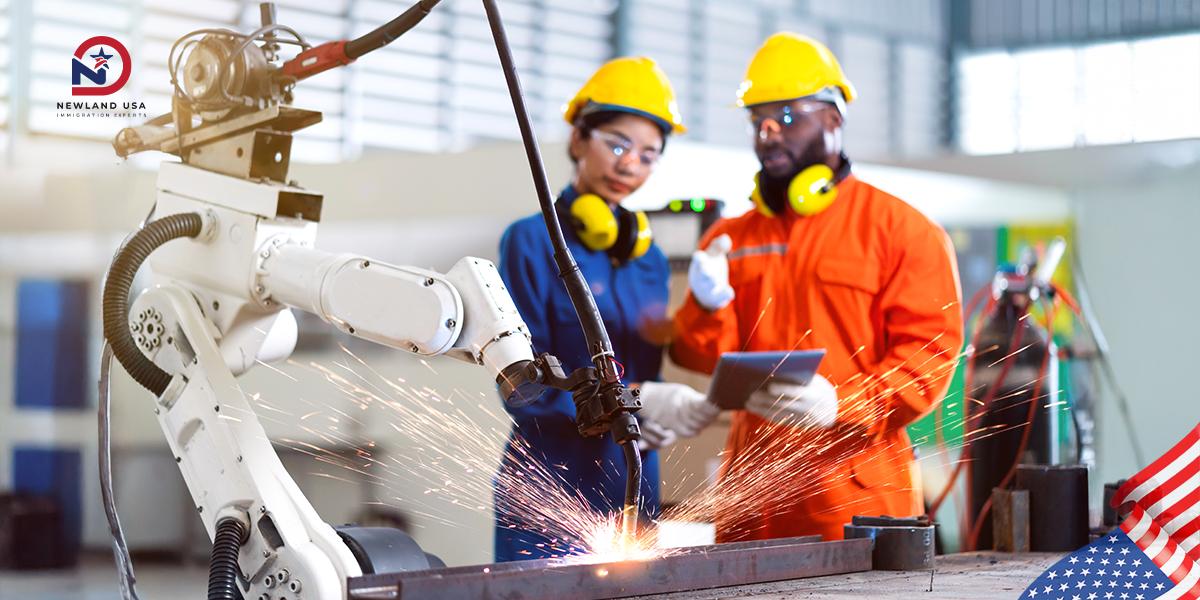
6. Questions You Should Answer Before Deciding
Is my goal to earn money for a few years or to build a solid foundation for decades to come? Where do I want my children to grow up and in what kind of educational environment? Am I willing to be patient with a longer legal process in exchange for permanent benefits?
The answers will guide you to the right choice. What’s important is to thoroughly research from credible information sources, consult with licensed immigration experts, and not make hasty decisions based on vague information or hearsay.
The EB3 program requires patience because the Green Card application process can take several years depending on nationality. However, this waiting time is completely worth it in exchange for permanent residency rights for the entire family and an unlimited future in the United States.
7. Conclusion
The confusion between labor export and EB3 immigration to the United States is not just a matter of terminology but a difference in the direction of each program. One is a short-term path with immediate but unsustainable benefits, the other is a longer journey with permanent results.
Newland USA, with a team of experienced experts and the motto “Stable settlement – Lifelong prosperity,” is ready to advise and support in preparing documents and accompanying clients throughout the EB3 U.S. immigration process. Please contact Newland USA immediately at hotline 0785591988 or email: newsletter@newlandusa.asia for detailed and free consultation.


